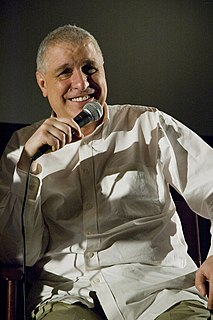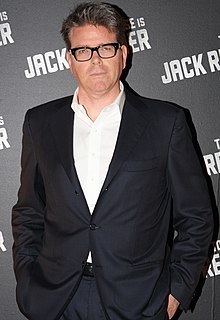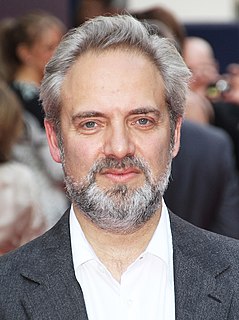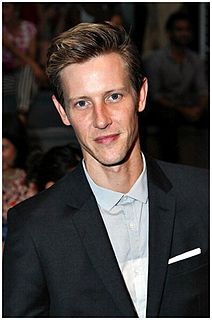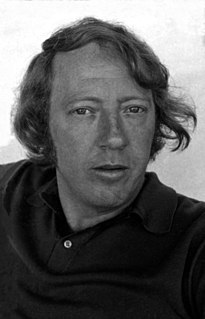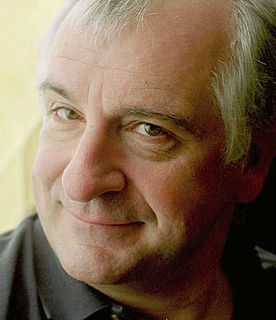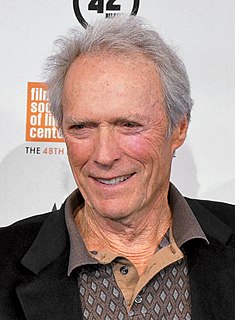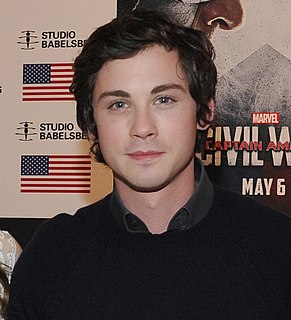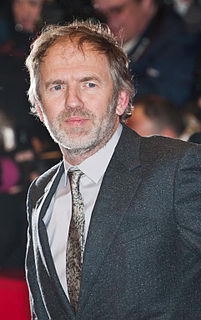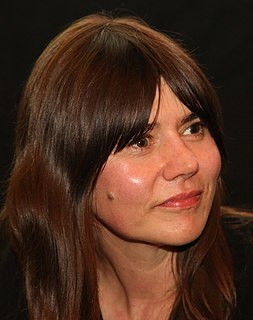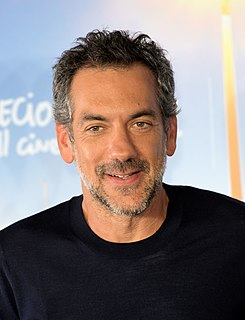A Quote by Errol Morris
There are endless anxieties in putting a film together, and it's an enormous relief when you know it's working with an audience.
Related Quotes
I'm not a huge fan of 3-D, though. Honestly, I think that movies are an immersive experience and an audience experience. There's nothing like seeing a film with 500 people in a theater. And there's something about putting on 3-D glasses that makes it a very singular experience for me. Suddenly I'm not connected to the audience anymore.
